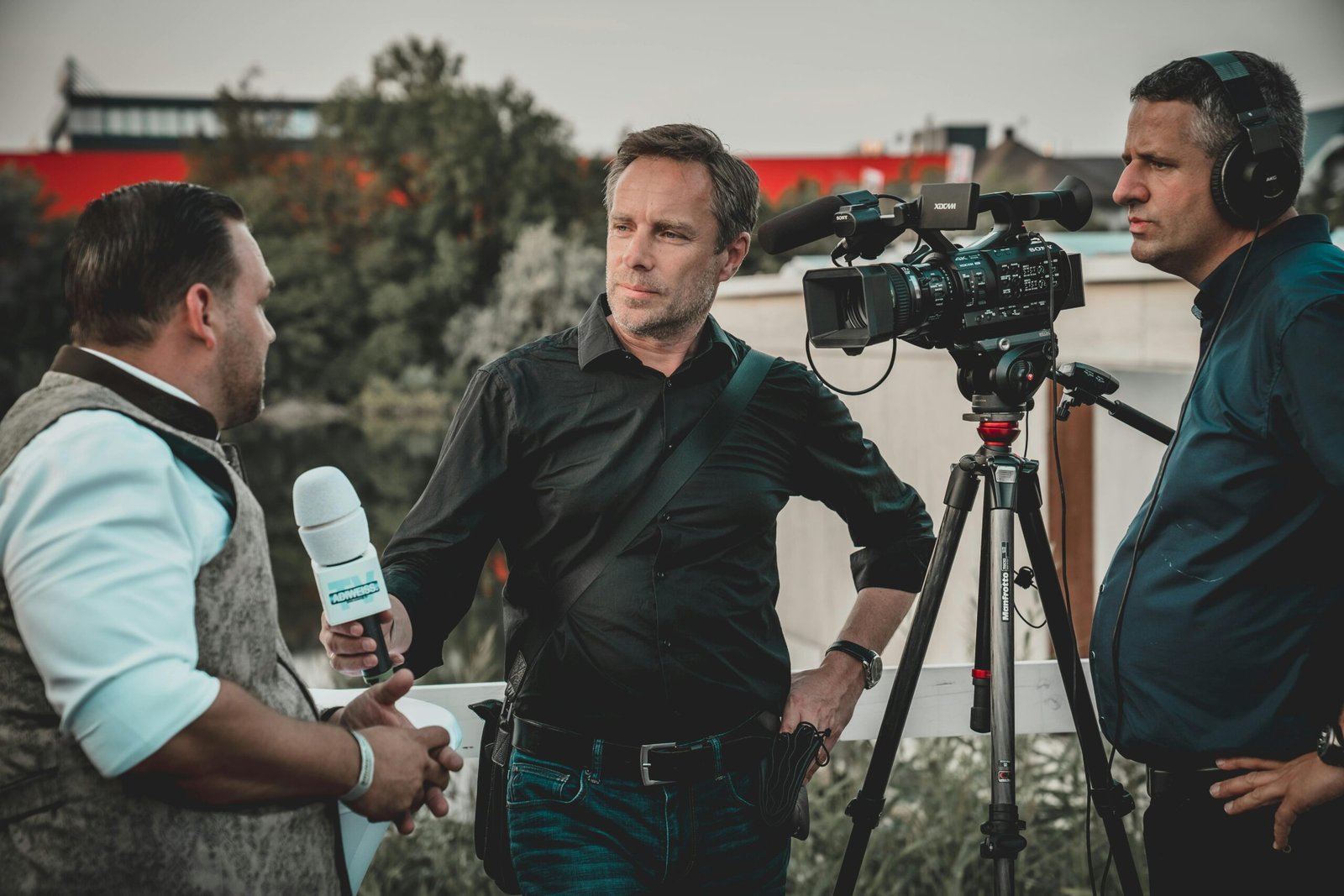In today’s world, understanding the influence and function of media and Public Relations (PR) is essential for any business or individual wanting to communicate effectively with the public. Media and PR play crucial roles in shaping perceptions, building reputations, and spreading information. Whether it’s through traditional media outlets or modern digital platforms, these two fields work hand in hand to convey messages to a wide audience.
This article delves deep into the definitions, roles, and importance of media and PR, how they interact, and how you can leverage them to boost your brand or business visibility.
Table of Contents
- What is Media?
- What is Public Relations (PR)?
- The Role of Media in PR
- Types of Media in Public Relations
- 4.1. Traditional Media
- 4.2. Digital Media
- How PR Influences Media
- Media vs. PR: Understanding the Differences
- The Power of Earned Media in PR
- Effective Media Relations in PR
- How to Develop a Media Strategy in PR
- The Importance of Crisis Communication in PR
- The Impact of Social Media on PR
- How PR Shapes Public Perception
- PR Tools to Maximize Media Coverage
- Measuring the Success of PR Campaigns
- Conclusion: The Interconnectedness of Media and PR
- Frequently Asked Questions (FAQs)
1. What is Media?
At its core, media refers to the means of communication that reach or influence people on a large scale. Media encompasses a wide range of platforms and channels that distribute information, such as newspapers, television, radio, and digital platforms like websites, blogs, and social media. Media serves as the primary medium through which individuals and businesses share their stories, messages, and news with the world.
In recent years, the media landscape has evolved significantly, shifting from traditional platforms like print and broadcast to digital and social media. Today, media is more accessible than ever, with information flowing constantly across platforms, allowing for real-time communication.
Media can be broadly categorized into three types:
- Paid Media: This includes advertisements, sponsored posts, and other forms of paid promotional content.
- Owned Media: These are the channels a business or individual controls, such as their website, blog, or social media pages.
- Earned Media: Earned media refers to the publicity gained through word-of-mouth, press coverage, reviews, or mentions by external sources.
2. What is Public Relations (PR)?
Public Relations (PR) is the strategic communication process that builds mutually beneficial relationships between organizations and their public. PR professionals aim to manage and influence the public perception of a company, individual, or brand. The goal of PR is to create positive media coverage, shape public opinion, and maintain a favorable reputation.
PR involves crafting compelling stories, developing strong relationships with media outlets, and communicating the brand’s values, vision, and goals. It’s about positioning a company or individual in a way that resonates with its audience, while also managing any potential challenges or crises.
The key elements of PR include:
- Media Relations: Working with journalists and media outlets to get stories published or aired.
- Crisis Management: Handling situations that can harm an organization’s reputation, such as scandals, negative press, or product recalls.
- Corporate Communication: Ensuring a consistent and positive message across all channels, whether it’s through press releases, interviews, or social media.
- Event Coordination: Organizing and promoting events to increase brand visibility and engagement.
3. The Role of Media in PR
Media is a fundamental aspect of PR. In essence, PR professionals work with the media to convey their message to the public. Without media, PR would lack the necessary channels to distribute information, stories, or news.
Through media outlets, whether traditional or digital, PR professionals can:
- Increase Visibility: PR helps put your brand or business in front of a larger audience.
- Shape Perceptions: Media coverage can influence how the public perceives a brand.
- Generate Credibility: Third-party validation through earned media adds credibility to the messages and stories shared by PR professionals.
Understanding how to navigate the media landscape and utilize it for PR is essential for anyone in the field. Building strong relationships with journalists and media outlets ensures that the messages crafted by PR professionals get picked up and shared with the desired audience.
4. Types of Media in Public Relations
Media can be divided into different categories based on the platform or channel it uses. In PR, both traditional and digital media play a role in the overall strategy. Let’s look at both.
4.1. Traditional Media
Traditional media refers to long-established forms of communication, including newspapers, magazines, television, radio, and print publications. These channels have been around for decades and were the primary means of PR distribution before the digital revolution.
Even though digital media has become dominant, traditional media still holds power due to its credibility, broad audience reach, and established reputation.
Some examples of traditional media used in PR include:
- Television Interviews: Featuring executives or representatives in news segments or talk shows.
- Newspaper Articles: Press releases published in local or national newspapers.
- Radio Interviews: Sharing key messages and stories through radio talk shows or podcasts.
4.2. Digital Media
Digital media refers to any communication that occurs over the internet. This form of media includes social media, blogs, websites, online news outlets, and video platforms like YouTube. Digital media has transformed the PR industry, enabling faster communication, real-time engagement, and broader reach.
Examples of digital media used in PR include:
- Social Media Campaigns: Leveraging platforms like Instagram, Twitter, or Facebook to reach a wider audience.
- Online Press Releases: Publishing press releases on online platforms or news aggregators.
- Influencer Collaborations: Working with influencers to promote products or services and generate organic content.
Both traditional and digital media are essential tools in a PR professional’s toolkit, and a successful PR campaign often involves a mix of both.
5. How PR Influences Media
Public Relations and media are deeply interconnected. PR professionals rely on media to disseminate information, while media outlets rely on PR for newsworthy stories. PR influences media by crafting compelling narratives, providing sources for stories, and offering expert opinions or insights that enhance the media’s content.
The primary ways PR influences media include:
- Story Pitching: PR professionals pitch stories to journalists, helping shape what gets covered in the news.
- Press Releases: Writing and distributing press releases that contain news or announcements about a brand, company, or individual.
- Media Outreach: Building strong relationships with journalists, bloggers, and influencers to ensure better media coverage.





Leave a Reply